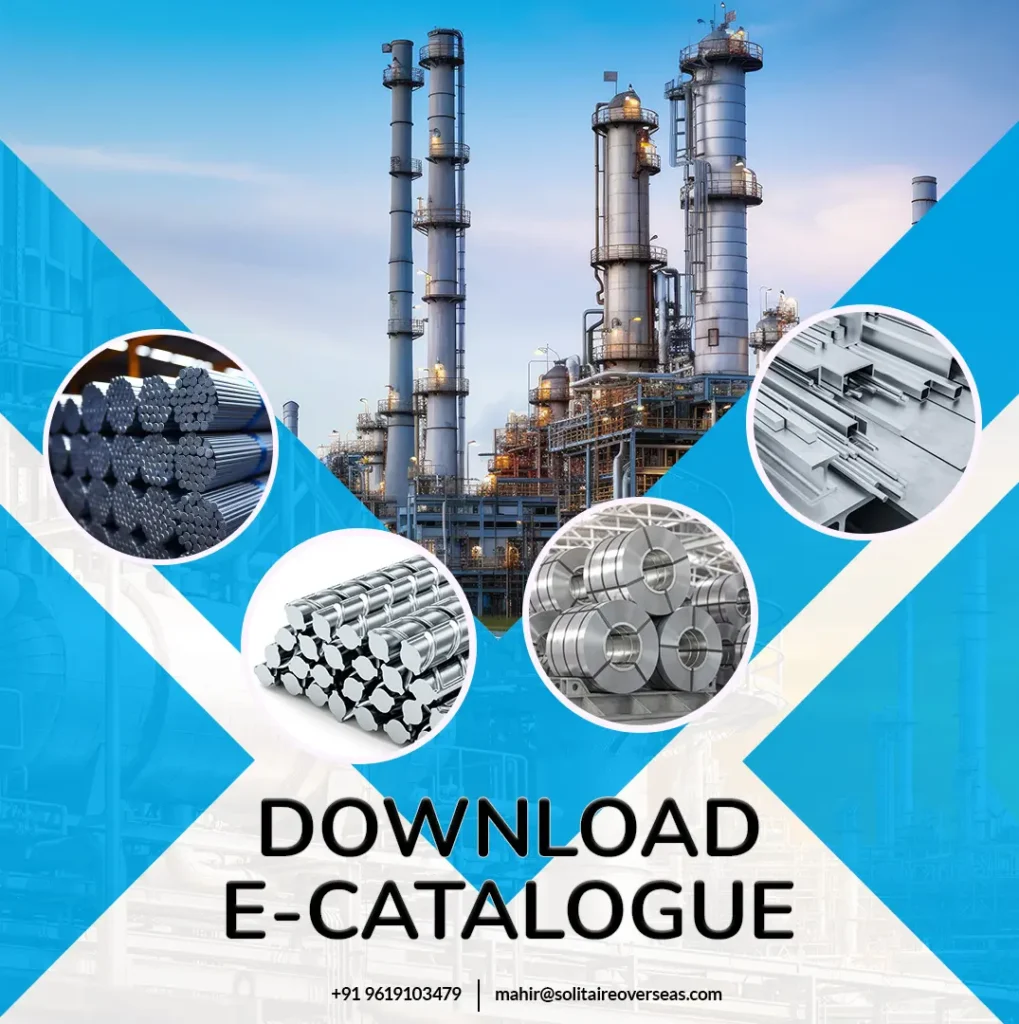
Comparison Between SA214 Tube and SA179 Tube
Talk To Us – We’re Here To Help
SA-214 and SA-179 are both carbon steel tubes frequently used in heat exchangers and boilers, but they have distinct characteristics and applications.
SA-214 Tubes:
SA-214 tubes are made from medium-carbon steel and have a minimum wall thickness of 0.028 inches. They undergo a heat treatment process after welding to enhance their toughness and ductility, making them suitable for high-pressure applications. This heat treatment, known as normalization, involves heating the tubes to about 1650°F (899°C) and allowing them to cool slowly in air. This process improves their resistance to stress corrosion cracking, which is essential in environments where high pressure and temperature are present.
In terms of strength, SA-214 tubes have a minimum yield strength of 37,000 psi (255 MPa) and a tensile strength of at least 70,000 psi (483 MPa). They also demonstrate a minimum elongation of 30% and a hardness rating of 89 HRB.
SA-179 Tubes:
SA-179 tubes, in contrast, are made from low-carbon steel and have a minimum wall thickness of 0.035 inches. These tubes are typically used in low-pressure applications, including condensers, evaporators, and heat exchangers. One of their key advantages is their excellent heat transfer properties, making them ideal for efficiently moving heat between fluids. They are also known for their corrosion resistance, which enhances their longevity in various applications.
SA-179 tubes have a minimum yield strength of 47,000 psi (325 MPa) and share a tensile strength of 70,000 psi (483 MPa) with SA-214 tubes. They also feature a minimum elongation of 35% and a hardness rating of 72 HRB.
SA214 Chemical Composition
| Element | A/SA 214 |
| C | 0.18 max. |
| Mn | 0.27 – 0.63 |
| P | 0.035 max |
| S | 0.035 max |
Carbon Steel SA214 Vs SA179 Tube Mechanical Properties
| Element | A/SA 214 |
| Tensile Strength KSI (MPa) | 47[325] |
| Yield Strength KSI (MPa) | 26[180] |
| Elongation min. % | ≥35% |
| Hardness | ≤72 HRB |
Heat Transfer Efficiency
- SA-214 Tubes: These tubes often exhibit better heat transfer efficiency due to their higher carbon content and additional alloying elements, making them well-suited for high-temperature applications where enhanced performance is needed.
- SA-179 Tubes: Known for their effective heat transfer capabilities, SA-179 tubes are commonly used in heat exchangers and condensers where efficient thermal performance is crucial.
Corrosion Resistance
- SA-214 Tubes: May offer lower corrosion resistance compared to SA-179 tubes due to their higher carbon content, which can affect their performance in corrosive environments.
- SA-179 Tubes: Designed to provide good corrosion resistance, especially in environments where acidic or corrosive substances are present, making them suitable for various industrial settings.
Weldability
- SA-214 Tubes: Welding these tubes requires careful attention due to their higher carbon content. Proper welding procedures must be followed to ensure the integrity of the welds.
- SA-179 Tubes: Generally more weldable due to their lower carbon content, which facilitates easier and more reliable welding processes.
Cost Considerations:
- SA-214 Tubes: The cost can vary based on the specific alloying elements and manufacturing processes used. Generally, they may be more expensive due to their specialized properties.
- SA-179 Tubes: Often considered more cost-effective, SA-179 tubes are a popular choice for various industrial applications due to their affordability and reliable performance.
Applications of ASME SA179 and SA214 Tubes
- Chemical Industry
- Industrial Pipelines
- Lighting Solutions
- Medical Devices
- Petroleum Sector
- Food Processing
- Machinery
- Mechanical Structures
- Transportation
- Agriculture
- Industrial Processes
Both SA179 and SA214 tubes serve critical functions across numerous sectors, ensuring efficiency and reliability in a wide array of applications.


